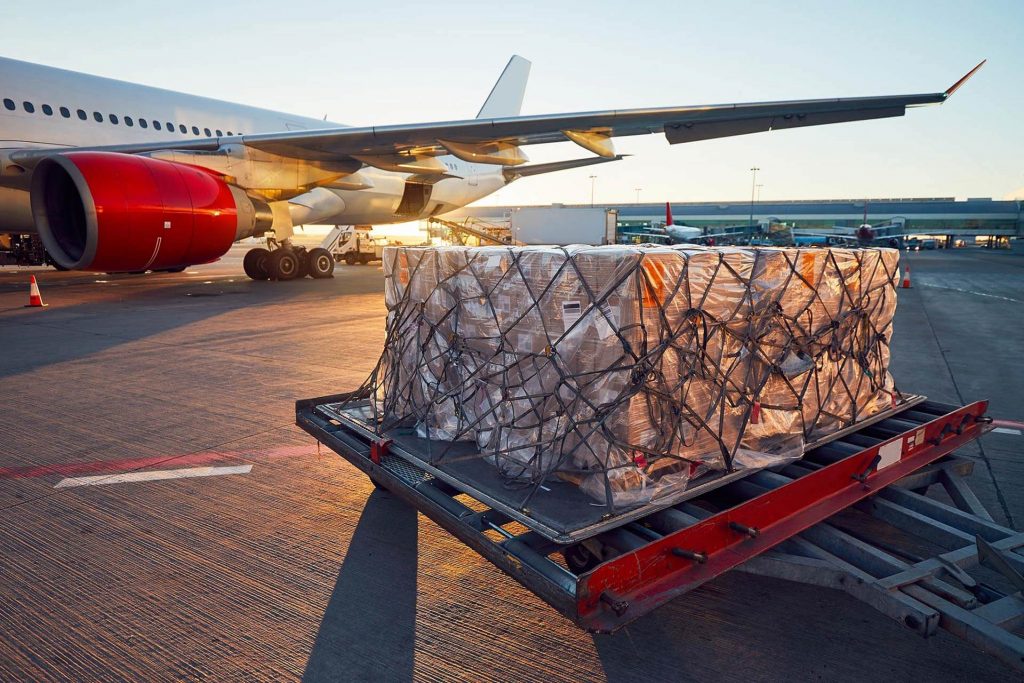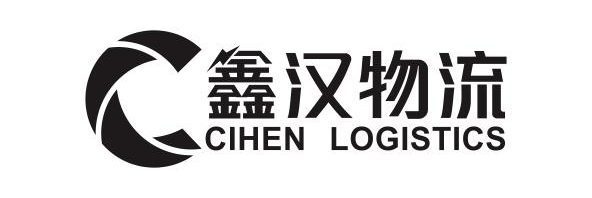The customers of this business model are mainly concentrated in some countries and regions with close trade relations with China, such as the United States, Europe, Hong Kong, China, Taiwan and other countries and regions. Customers include trade intermediaries, purchasing agents, suppliers, end users, etc. The common feature of these customers is that they have higher requirements for value-added services and system services.

With the development of domestic logistics infrastructure and the enhancement of the service capabilities of logistics service providers, as well as the widespread use of e-commerce, more and more customers have begun to migrate value-added services including warehousing, sorting, packaging, and processing from Hong Kong, China and other places. to the mainland. These businesses are mainly distributed in manufacturing bases with relatively concentrated production, such as the Yangtze River Delta, Pearl River Delta, etc., close to ports, railways, and highway networks. These customers generally have higher requirements for comprehensive services, so this logistics service mode is becoming an important third-party logistics service mode. Its specific business model is as follows.
(1) Export Consolidation Various processing trade enterprises pass customs declaration, the goods enter the export supervision warehouse, and carry out export LCL, and then transport to the export port area for export; or general trade enterprises pass customs clearance, the goods enter the bonded warehouse, and then transit, enter the port area for export. exit. The services of export consolidation mainly include customs declaration, transportation, warehousing, warehouse value-added services, billing services and system services.
(2) Import distribution Generally, after the goods of foreign suppliers enter the bonded warehouse and dock yard, they enter the country through the import of customs declaration goods, and then distribute to domestic customers; or the goods of foreign suppliers enter the ordinary warehouse after direct tax payment, and then distribute to the domestic market. customer of.
